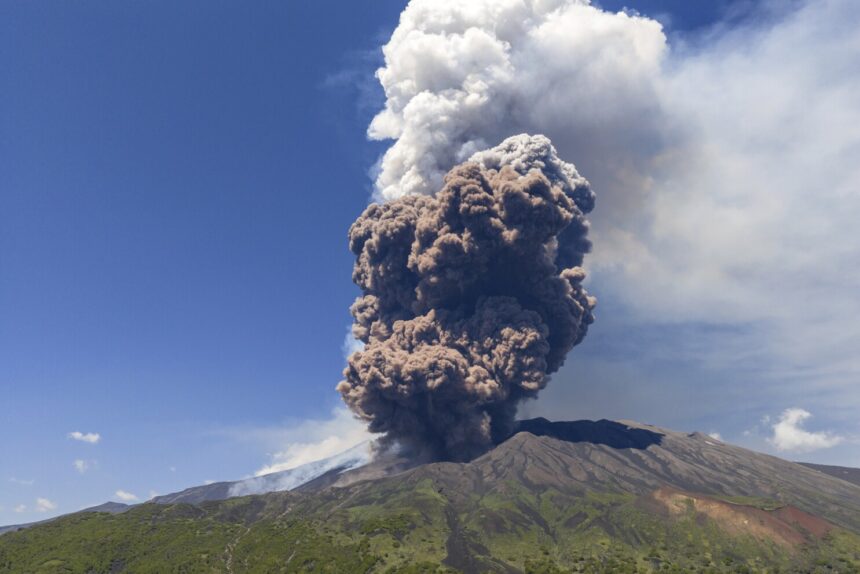Guatemala volcano eruption, Volcan de Fuego, Guatemala lava flow 2025, Central America volcano, June 2025 eruption
Guatemala’s Volcán de Fuego — or “Volcano of Fire” — erupted late Thursday, June 5, sending streams of lava and thick ash clouds into the skies and prompting the evacuation of more than 700 residents from nearby communities.Located just 35 km (22 miles) from the capital Guatemala City, the volcano is considered one of the most active in Central America. The eruption triggered orange-level alerts from the country’s disaster agency, CONRED, and forced closures of roads, schools, and airports in impacted zones.
Evacuations and School Closures
CONRED confirmed that evacuation orders were issued for communities in Chimaltenango, Escuintla, and Sacatepequez. At least 39 schools in the affected regions were suspended as a precaution. The eruption also led to the closure of a major road linking the south of the country to the historic city of Antigua, a UNESCO World Heritage Site.
Residents captured images and videos showing fiery lava flows and columns of ash billowing thousands of meters into the air. Ash clouds reached altitudes between 3,000 and 7,000 meters (2 to 4 miles), prompting warnings for air navigation.
Official Warnings and Risk Assessment
According to the National Institute of Seismology, Volcanology, Meteorology and Hydrology (INSIVUMEH), lava flows extended over 1.2 kilometers and accumulated dangerously around ravines and crater edges. The agency cautioned that this unstable buildup could cause pyroclastic flows, known to be especially deadly due to their speed and heat.
“The material is unstable and may collapse without warning, posing serious danger to surrounding communities,” INSIVUMEH reported.
History Repeats: Memories of 2018 Tragedy
The 3,763-meter-high volcano (12,350 feet) last caused major destruction in 2018, when over 215 people were killed and hundreds went missing after an explosive eruption buried villages under lava and ash. Survivors of that disaster have expressed growing fear about this most recent activity.
“We were horrified because of what happened last time,” said a resident of Escuintla, recalling the trauma from the 2018 tragedy.
Volcán de Fuego has been showing signs of increased activity throughout 2025. In March, a smaller eruption caused partial evacuations and flight disruptions. Thursday’s eruption appears more severe in scope, although no injuries or deaths have been reported as of now.
Government Response and Public Safety
Emergency services remain on standby as authorities monitor potential escalation. Shelters have been opened in designated safe zones, and emergency food and medical supplies are being distributed to evacuees.
Guatemala’s government urges residents in nearby areas to stay alert and heed all evacuation orders. For the latest safety alerts, follow CONRED’s official Twitter and local radio bulletins.
What’s Next?
Seismic activity suggests the eruption could last up to 40 hours. Air traffic control has advised pilots to avoid the area due to reduced visibility and potential ash ingestion in engines.
Authorities expect to conduct damage assessments over the weekend and will determine whether additional evacuations are necessary based on lava direction and seismic pressure changes.


